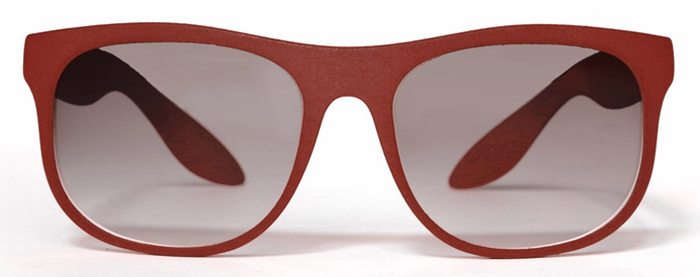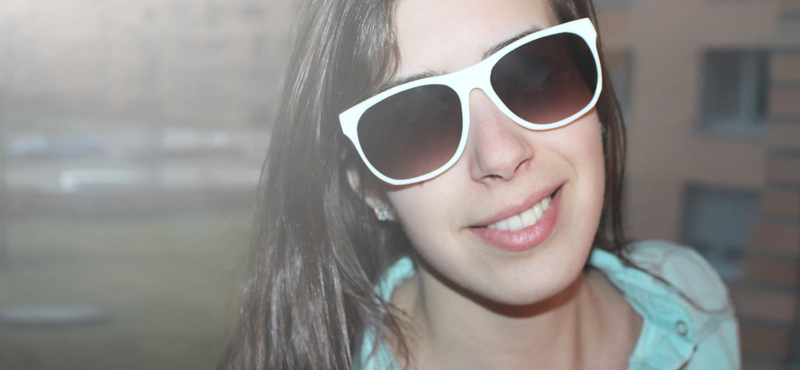This week I have been writing quite a bit about 3D printed eyewear — it’s funny how applications seem to trend like this in this industry from independent sources. Thus, it seems to me that glasses and sunglasses are emerging as an ideal product for first approaching the sale of 3D printed consumer products: not too expensive and not too cheap, neither are they too complex to design and manufacture nor so simple that anyone do it.
Frame Punk, a Berlin based start-up, has been studying the approaches taken by many different ventures in this field to find the perfect balance between expensive, custom made 3D printed frames and affordable, locally manufactured designs, by studying the different business models implemented so far.
Their adventure began in May of 2013, when one of the co-founders, Andreas Ketzlar, read an article describing 3D printing as “the great equalizer in eyewear manufacturing.” As an optician he appreciated in particular some key advantages of 3D printing and set out, together with business partner Nicolas Farnir, to find the best combination for an effective business.
“Manufacturing 3D printed eyewear is extremely inexpensive, compared to the existing ways of eyewear manufacturing, where you need to spend thousands of dollars in order to be cost-effective with one style,” says Farnir. “Not to mention that it would be financially unreasonable to offer one frame design with 10 different colours made through traditional mass manufacturing.”
Companies such as Protos Eyewear and Mykita offer either a limited choice or a very steep price, while other start-ups have been focusing exclusively on the ready availability of desktop FFF 3D printers. Frame Punks recipe is a mix of both: using desktop 3D printing to prototype the models, in ABS or PLA, and an industrial grade SLS 3D printer, through a local 3D printing service, to manufacture the final products in nylon.
“We believe that 3D printed frames must look like they can easily compete with conventional acetates or be even better because they can be custom fit and be extremely lightweight,” says Farnir. “We want to stand out with inexpensive, cool looking designs, a choice of five frame sizes, personal engravings and many different color customization options.”
Andreas and Nicolas investigated different materials and settled for polyamide, which they found to be lighter, and more bendable than conventional plastics, while also assuring a higher water repellency and thermal stability. Nylon is easier to colour and to varnish for dirt repellency. All aspects that could have an influence on the purchase decision.
Frame Punk currently offers one design, the “Optimist”, priced at €149 (€199 with prescription lenses). The frames come in 10 colors (from Chocolate to Rasberry Red) and the lenses are available in different shades, with optional mirror tints. More designs are on the way, “We founded Frame Punk in March 2014, when people usually start to look around for a new pair of sunglasses. Now we are looking to design and produce prescription frame designs as well,” says Farnir.
In the long run, developments in 3D printing could see Frame Punk considering the sales of downloadable digital models to manufacture at home. “We believe that in a few years almost anybody will have inexpensive 3D printers at home. Then we will definitely consider selling professional 3D-printable glasses files online and maybe even accessories, furniture, food and toys. We want to bring an end to mass-production glasses and help to initiate an era of mass-customized glasses.”





